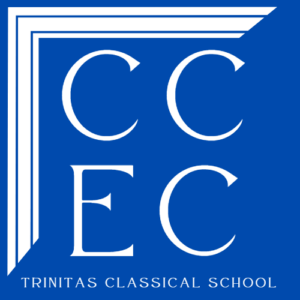 We continue our series of reflections inspired by the recent Calvin Worship Symposium. This week, Mrs. Tellinghuisen shares about a faith practices workshop she attended.
We continue our series of reflections inspired by the recent Calvin Worship Symposium. This week, Mrs. Tellinghuisen shares about a faith practices workshop she attended.
A few weeks ago, the summit of Mount Washington in New Hampshire recorded overnight wind gusts of over 100 miles per hour and a temperature of −47 °F. This produced a new US record low windchill temperature of −108 °F. These conditions are comparable to what airplanes experience at cruising altitude. I was told by my brother (a biologist and weather fact enthusiast, who lives in South Dakota, where they know a lot about cold and wind), that it wasn’t the cold and wind that led to such extreme conditions, but an interesting atmospheric phenomenon. In effect, the top of Mount Washington became part of the stratosphere. Talk about a mountaintop experience! But not one anyone would want.
 Mountaintop experiences usually involve moments of clarity, conviction, or renewal. From a spiritual—and Christian—perspective, it might be descriptive of a moment when someone felt especially close to God or felt the moving of the Holy Spirit in a very tangible way. For me, any visit to mountains can lead to a mountaintop experience. The landscape inspires awe and draws my eyes upward and inclines my heart toward praise and wonder.
Mountaintop experiences usually involve moments of clarity, conviction, or renewal. From a spiritual—and Christian—perspective, it might be descriptive of a moment when someone felt especially close to God or felt the moving of the Holy Spirit in a very tangible way. For me, any visit to mountains can lead to a mountaintop experience. The landscape inspires awe and draws my eyes upward and inclines my heart toward praise and wonder.
I will lift up my eyes to the hills—
From whence comes my help?
My help comes from the Lord,
Who made heaven and earth. (Psalm 121:1–2)
The psalmist was saying more than just mountains are pretty. High places were locations for pagan rituals and sacrifices (e.g., Ahab and prophets of Baal as told in I Kings 18). But the psalmist is saying that when he looks to hills, it is not to seek answers in the idols of man. He trusts in the one true God, maker of heaven and earth. In the gospel accounts, Jesus goes to a mountain to find solitude and to commune with his father in prayer on several occasions. One of the most memorable accounts is the Transfiguration, where Jesus appears radiant in his glory to Peter, James, and John. And, more than that, Moses and Elijah appear alongside him (Matthew 17:1–13; Mark 9:2–13; Luke 9:28–36). Now that was a mountaintop experience! Isn’t it remarkable then that those same three disciples were the ones who fell asleep, ran, and even denied? How could they have seen that and not stood firm? Or maybe, if we are honest, we know all too well what it means to see and yet forget.
